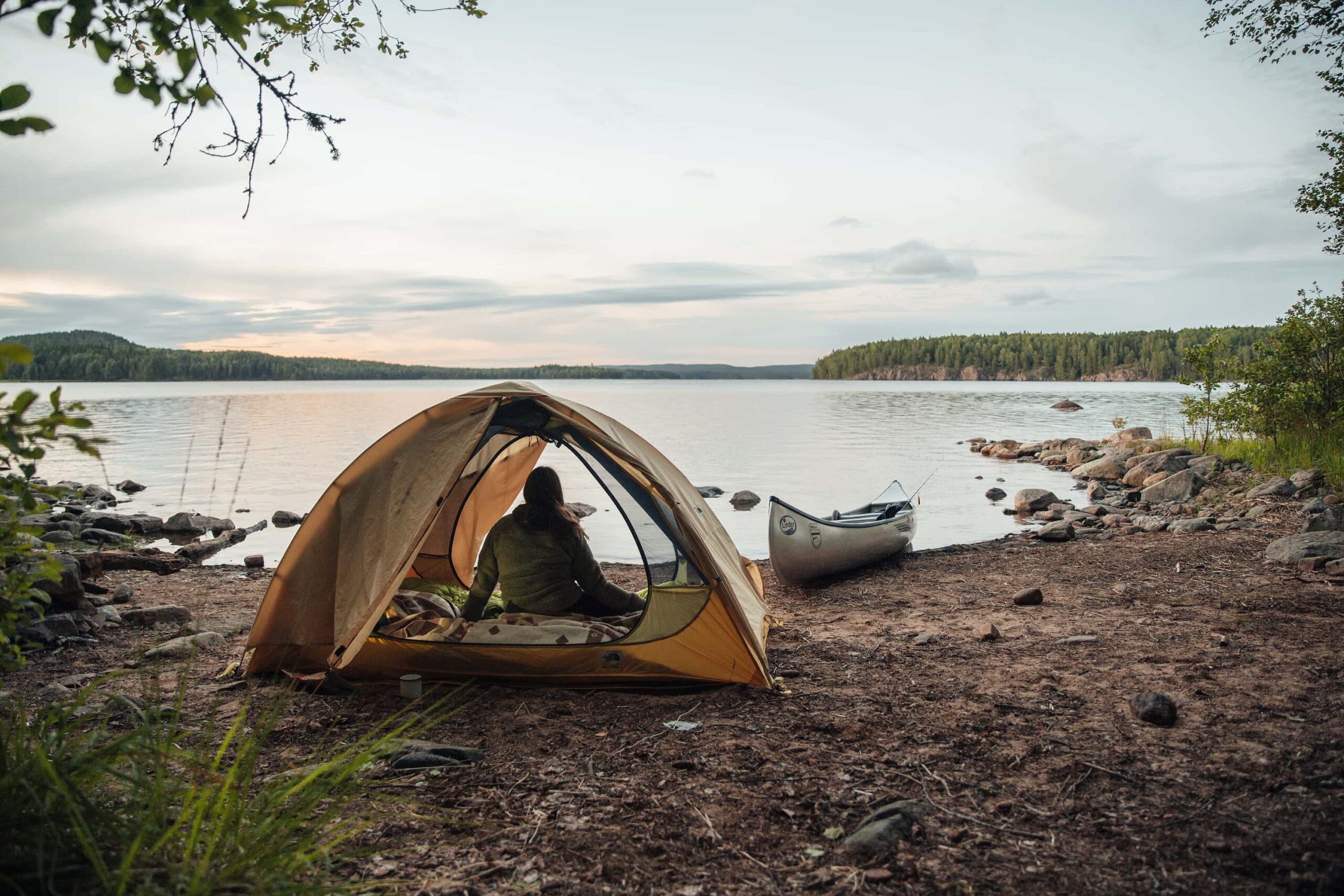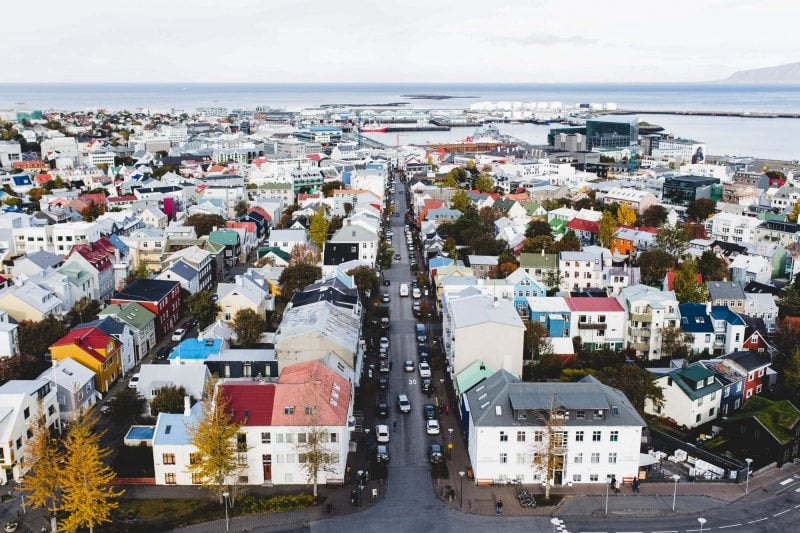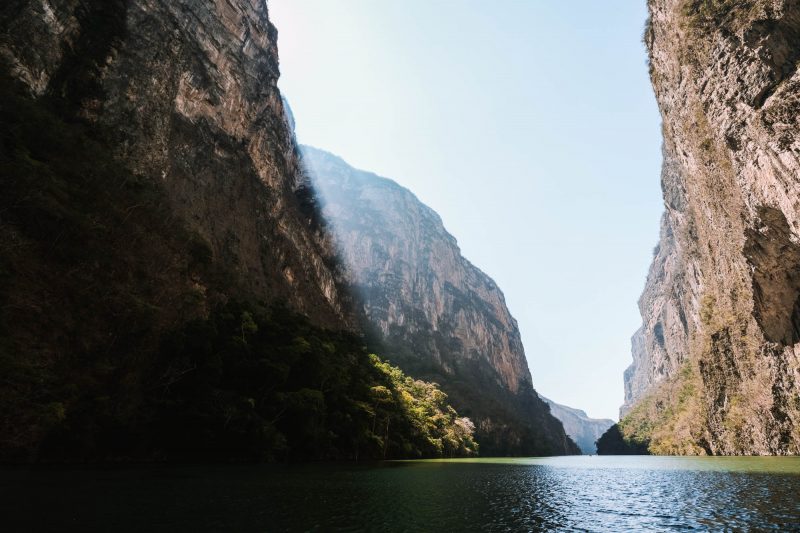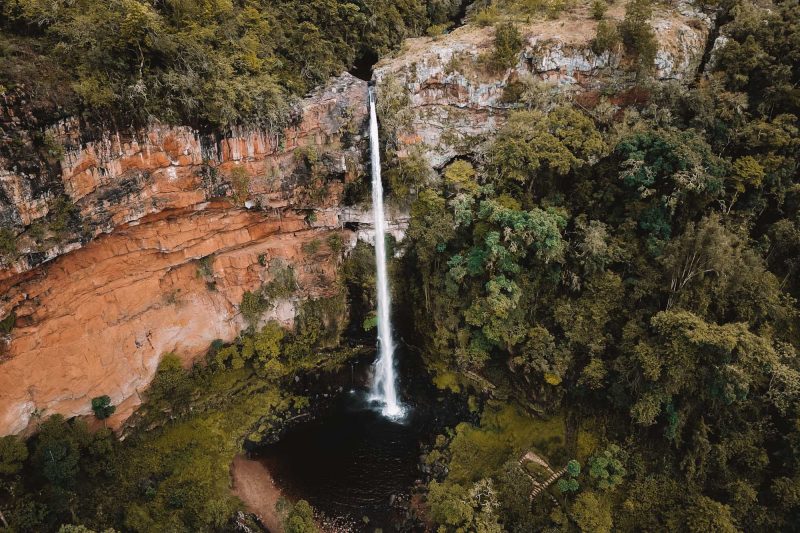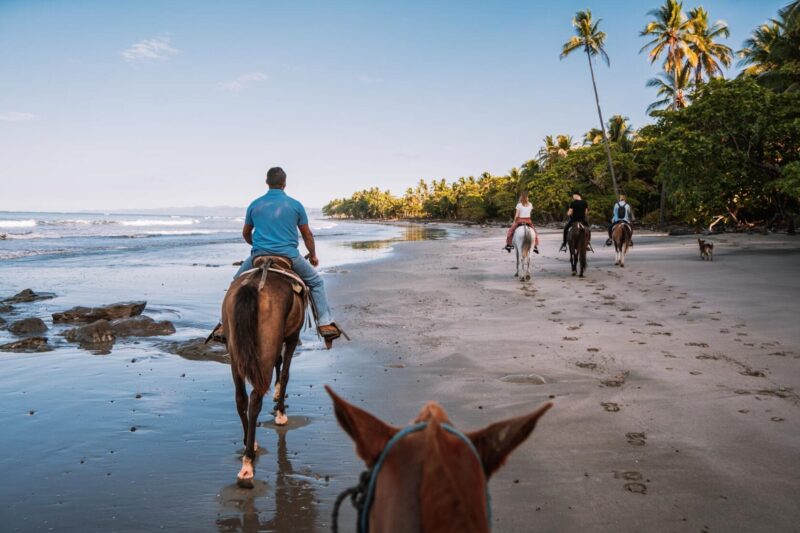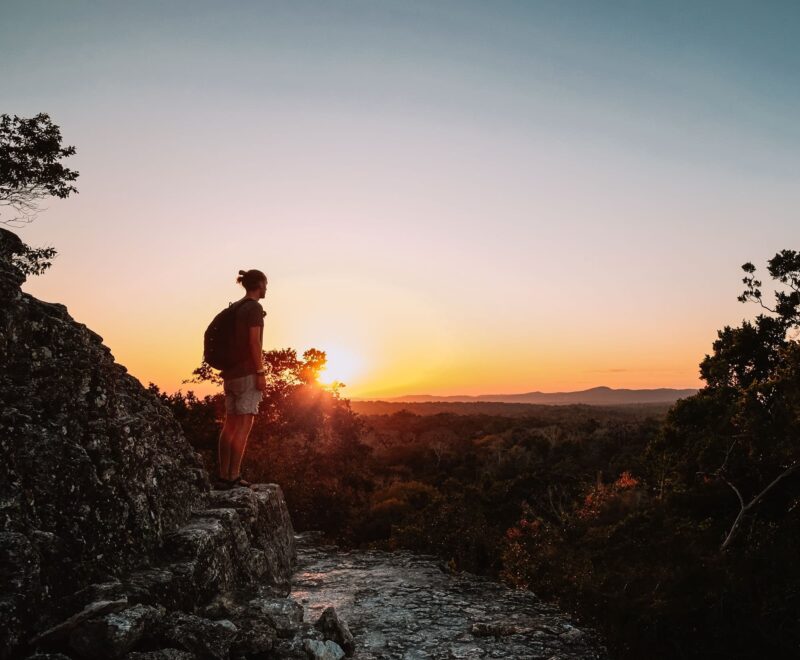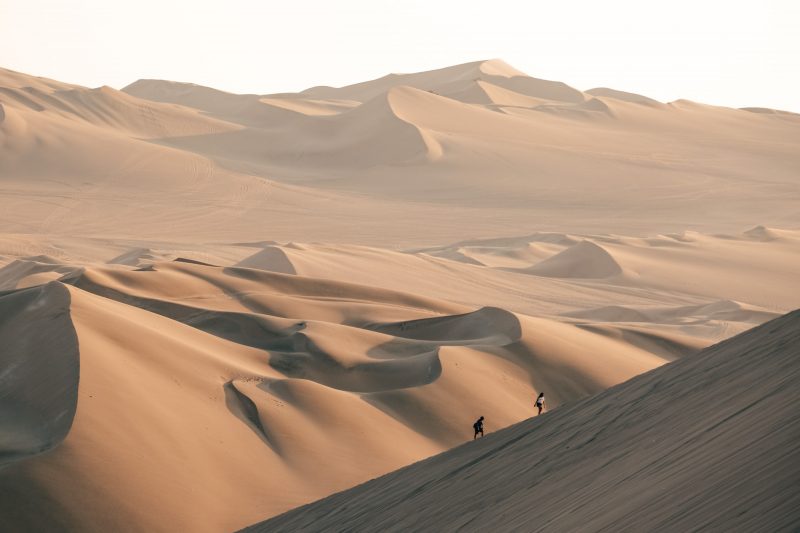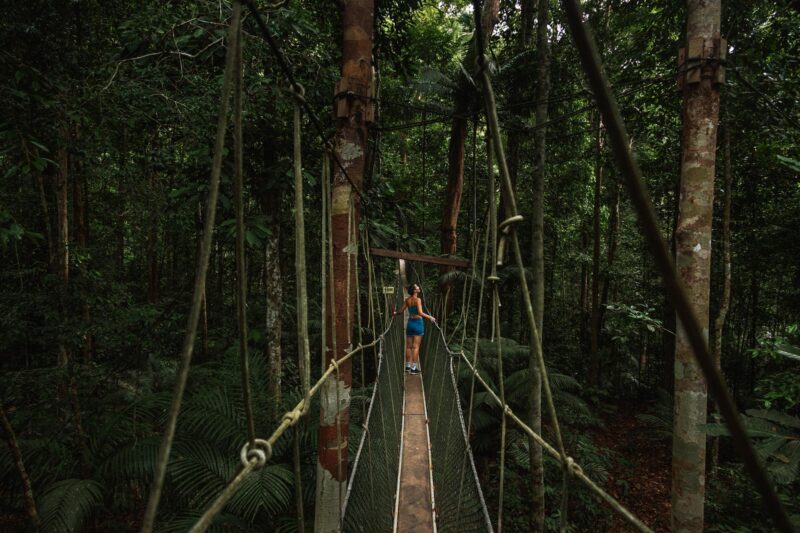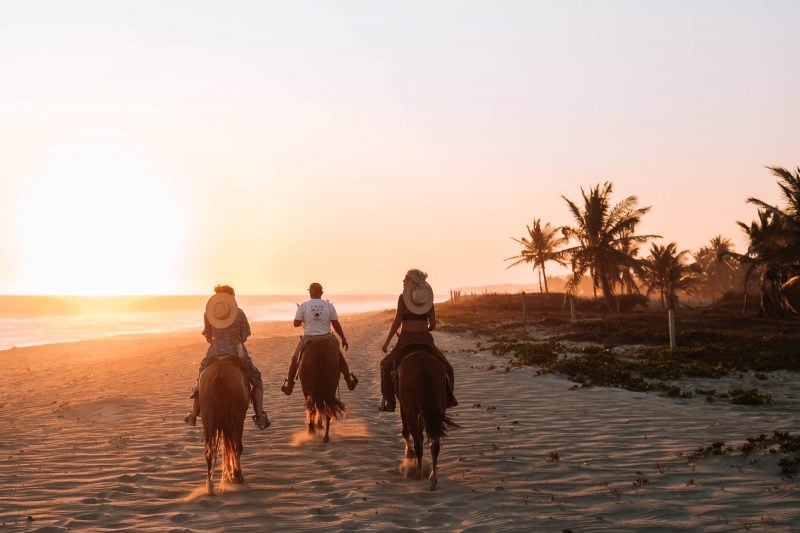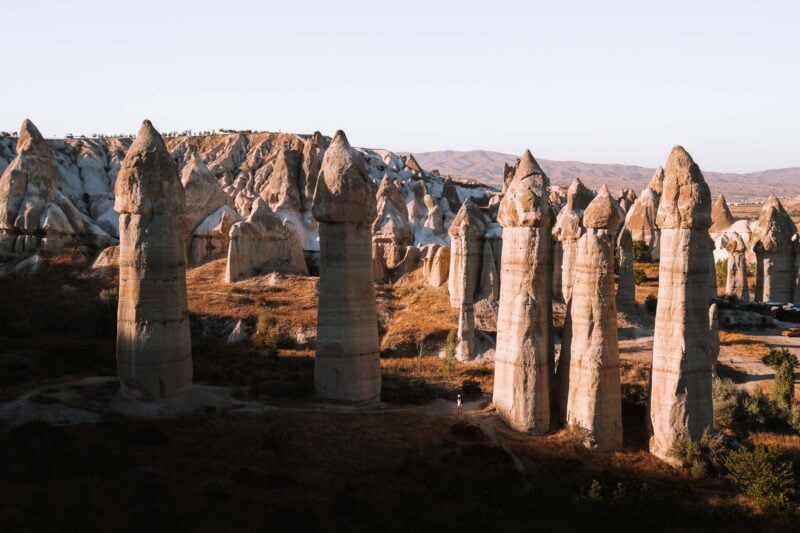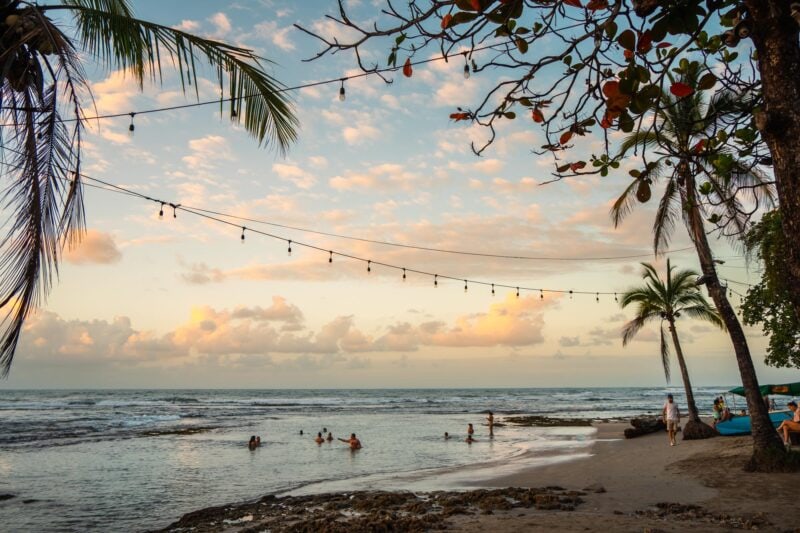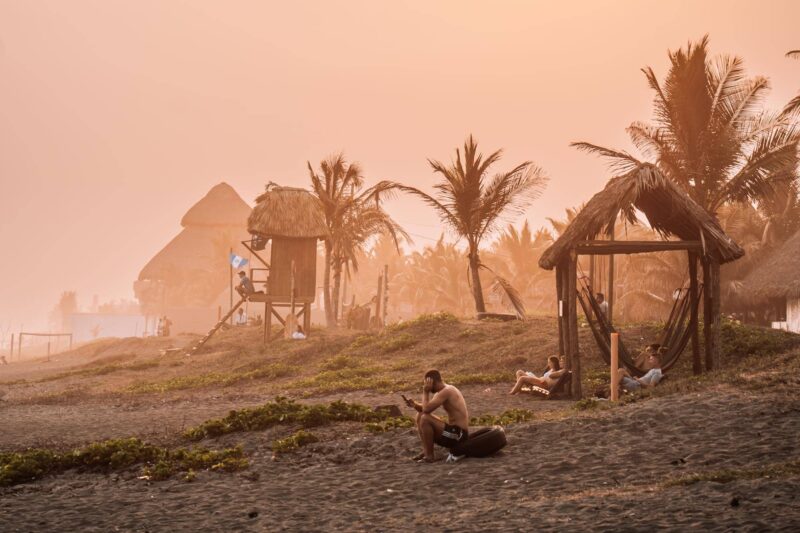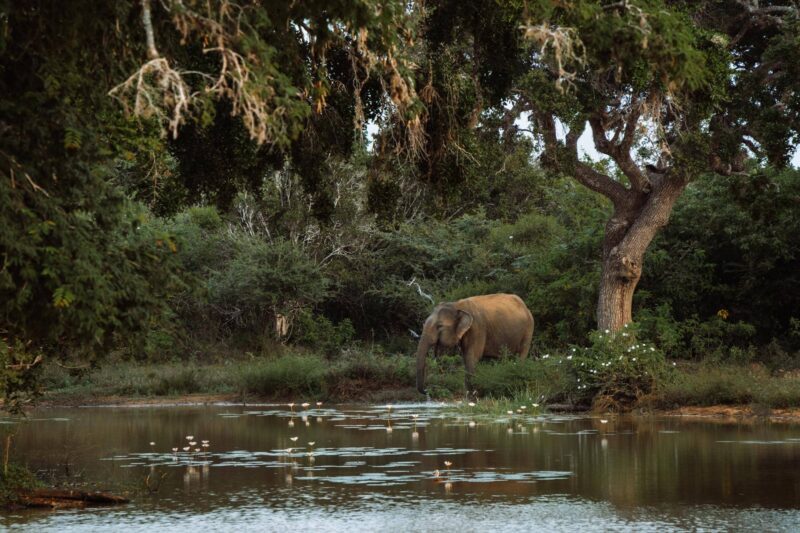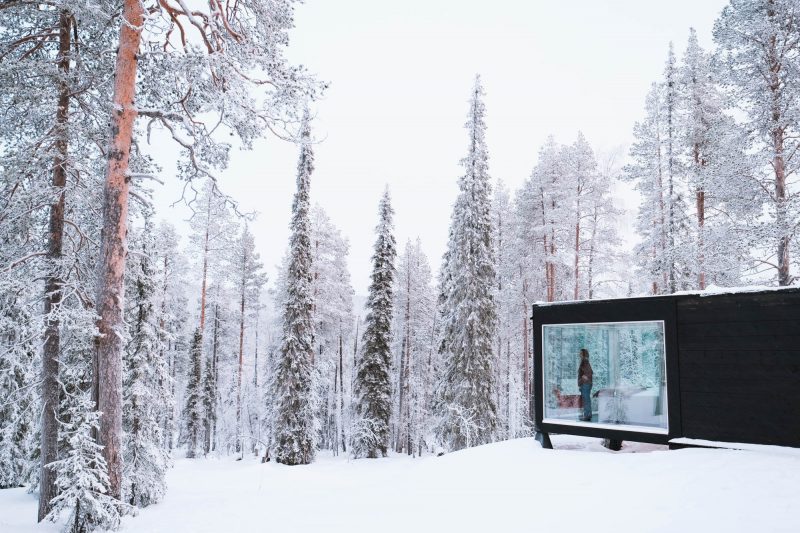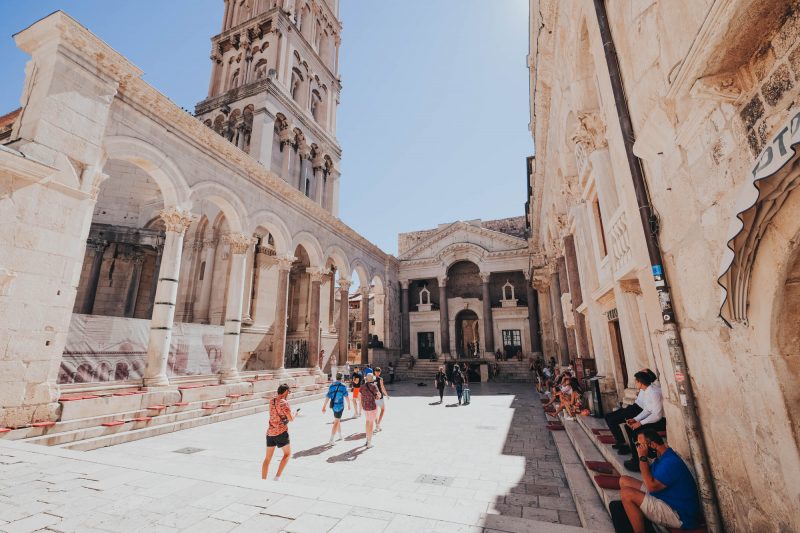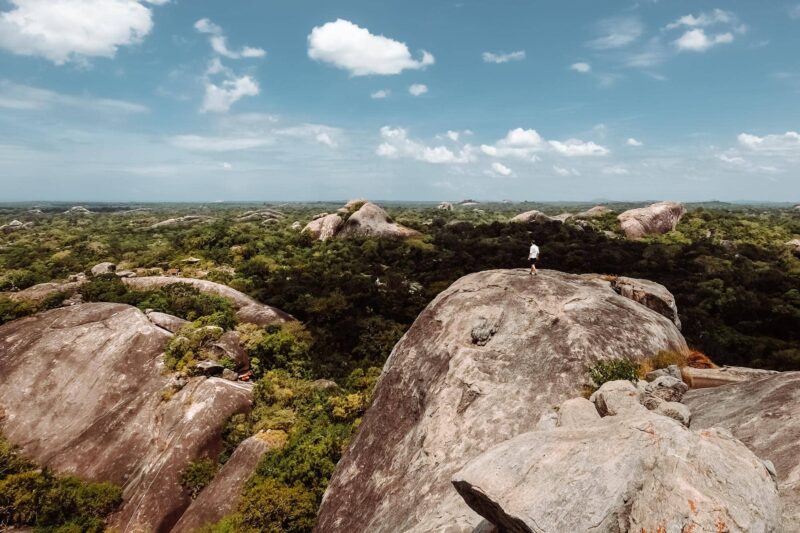Wild Camping in Sweden is a Must-Do if You Love Adventure. Thanks to Allemansrätten (Everyman’s Right), you can camp wherever you want in Sweden. This means you can spend the night in some of the most beautiful and pristine places Sweden has to offer. And there are plenty of them. From dense forests to deserted islands, Swedish nature practically begs for an adventure filled with wild camping. Good preparation is important. Here are our 6 tips for when you want to go wild camping in Sweden.
#1 Choose a Unique Spot for Wild Camping
Allemansrätten (Everyman’s Right) simply means that everyone can enjoy nature, as long as you don’t disturb others or destroy anything. When it comes to wild camping, the rules are quite simple: you can camp anywhere in nature, but don’t stay longer than one night in the same spot and keep at least 150 meters (492 feet) away from inhabited areas. Sometimes there are restrictions, such as in national parks, recreational areas, or on private property, but these are usually clearly marked. When choosing a spot for your tent, it’s helpful to find a fairly flat surface so you can easily set up your tent and sleep comfortably. Also, try to choose a softer ground where you can easily drive in the pegs. If rain is forecasted, it’s smart to place your tent slightly higher to prevent it from filling with water.


#2 Make a Campfire
Once you’ve found a nice spot for your tent, it’s time to make a campfire. This will keep you warm and allow you to heat up your food at the same time. To make a fire safely, make sure combustible objects are far away from the fire and create a circle of stones around it. You can gather wood yourself in the forest (cutting down trees is prohibited) or you can buy it at one of the many Circle K or Preem gas stations.
In principle, it is allowed to make a campfire in nature in Sweden, but this does not apply to all areas. Many nature parks have specific rules allowing fires only at designated fireplaces. These places are often located near shelters, simple huts that provide protection from rain and wind, and usually have a fire pit. Information about the shelters and how to find them varies by nature reserve.
During extreme and prolonged drought, a fire ban may be imposed. You can check on this website whether there is a fire ban in the area where you plan to camp. In many nature reserves, English-language signs are also used to indicate when a fire ban is in effect. This has been the case several times in recent years and, partly due to climate change, seems to be happening more frequently.


#3 Choose Your Mode of Transportation Through Sweden
Sweden is a fantastic destination because of the numerous opportunities it offers. You can hike, paddle a canoe, or travel by car. For wild camping, we particularly recommend the canoe as a means of transportation. The major advantage is that with a canoe, you can reach the many small islands where you can camp in the wild. There’s a good chance you’ll even be the only camper on such an island, making your overnight stay even more unique and adventurous. Additionally, you can easily carry all your camping gear in the canoe. With The Canoe Trip, not only is the canoe arranged, but also an extensive route map, food pack, and necessary instructions.
#4 The Best Time to Go Wild Camping in Sweden
For wild camping in Sweden, the best time to go is from June to September. During this period, the temperature is usually very pleasant, around 18 to 22 degrees Celsius on average. However, keep in mind that as you travel further north, temperatures drop. Since Sweden is located in the northern hemisphere, there are extra hours of daylight during the summer, averaging about 16 to 18 hours per day, giving you plenty of time to set up your tent before it gets dark.
#5 Drink from the Lake
Wild camping in Sweden requires some organization. Of course, you don’t want to get sick, so it’s important to drink clean water. A unique feature of Sweden is that most lakes are so clean that you can drink the water directly. Most of the contamination is at the surface, so it’s advisable to hold your water bottle about 40 cm underwater while filling it.
In general, the water from lakes in Sweden is safe to drink. However, if in doubt, it’s recommended to purify the water. You can use Hadex drops (1 drop per bottle). This is a disinfectant that kills any viruses and bacteria in the drinking water. You can purchase these drops at various outdoor stores.
#6 Leave No Trace and Avoid Soap
As an outdoor addict, you naturally want to enjoy nature for as long and in as many places as possible without disturbance. That’s why it’s important to treat nature the right way. One of the most important principles is “leave no trace” – always bring a trash bag to clean up waste and make sure you leave the place cleaner than you found it. Additionally, it’s important to use biodegradable soap while wild camping.
With the above tips, you’re well-prepared for wild camping in the beautiful Swedish nature. If you’re torn between wild camping and staying in one place, we recommend checking out Nordic Woods, a nature campsite in the heart of the Swedish wilderness.
In addition to Sweden, there are other areas in Europe that are excellent for wild camping. Unlike Sweden, where we recommend the canoe as a means of transportation, you’ll generally explore these areas on foot. The most famous routes where you can also wild camp are in Iceland, Norway, and Scotland.
